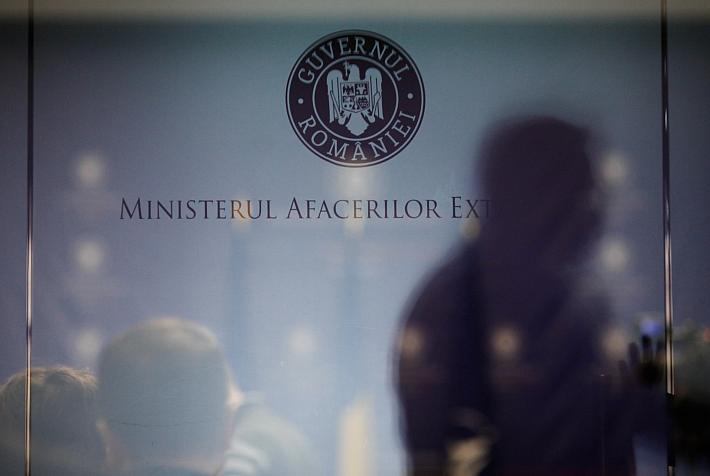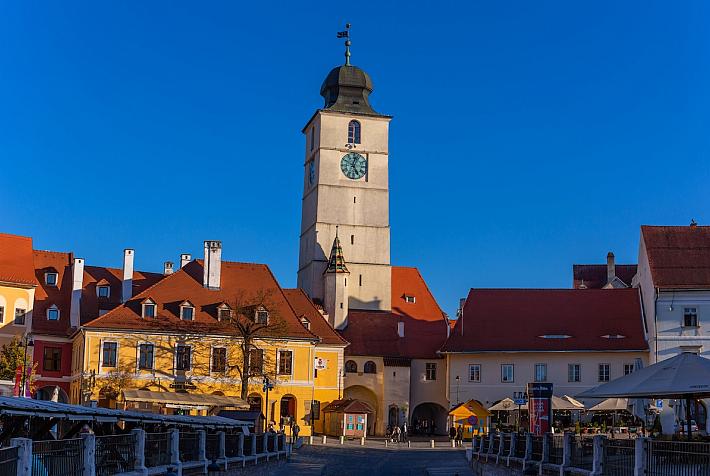World Bank: Remittances sent home by Romanians abroad, flat at USD 3.6 bln in 2013

Romanians abroad are expected to send about USD 3.6 billion to their home country in 2013, making it the third largest volume of remittances to a developing country in the region, according to a recent World Bank report.
The amount sent to Romania in 2013 is expected to be almost flat on 2012, and smaller than in 2011, when it reached USD 4.5 billion, as well as from 2010, when it stood at USD 4.9 billion.
Last year, Romanians in Spain sent home some USD 1 billion, similarly to those in Italy. Romanians in Hungary and Israel sent some USD 230 million per each country, while those from Germany, some USD 184 million. Romanians from Canada sent home some USD 131 million, and those from the US, around USD 240 million. Romanians who live in UK sent home one of the smallest amounts – USD 71 million in 2012, according to World Bank data.
Meanwhile, the remittances of foreigners living in Romania to their home countries stood at just USD 210 million, out of which USD 85 million went to the Republic of Moldova, USD 25 million to Hungary, USD 10 million to Lebanon, USD 13 million to China, and USD 22 million to Bulgaria, among others.
This year, the money sent by Romanians to their home country will be slightly lower than the remittances to Tajikistan for example, some USD 4.1 billion, which represented around half of the country's GDP. The highest volume of remittances was recorded in Ukraine, of USD 9.3 billion, which was only 4.8 percent of its GDP.
Overall, the remittances to the developing countries of the Eastern Europe and Central Asia (ECA) region are estimated to grow by 10.8 percent and to reach USD 42.6 billion in 2013, according to the World Bank report, and by 10.4 percent in 2014. Remittances to all countries of ECA region (developing and high - income countries) increased from USD 59.8 billion in 2012 to USD 65.7 billion in 2013.
In 2013, total remittances to the high- income countries of the region are estimated to have increased by 8.2 percent year by year to USD 23.1 billion in 2013: Poland (USD 7.2 billion), Russian Federation (USD 6.4 billion), Czech Republic (USD 2.1 billion), Slovak Republic (USD 2 billion), Lithuania (USD 1.6 billion), Croatia (USD 1.5 billion), Latvia (USD 0.8 billion), Slovenia (USD 0.6 billion), and Estonia (USD 0.4 billion).
Romania was among the countries which generated the largest increase in international migrants - 4.8 percent between 2010 and 2013, followed by Turkey – 2.8 percent, and Hungary, 2.7 percent.
Several countries in the ECA region as well as in high- income countries in Europe are facing a drop of the number of the working age population to sustain economic growth, or to avoid deficits in the pension system.
Overall, remittances flows to developing countries across the world are expected to reach USD 414 billion in 2013, up 6.3 percent from 2012, and USD 540 billion by 2016. Worldwide, remittance flows including high-income countries may reach USD 550 billion in 2013 and over USD 700 billion by 2016.
The global average cost for sending remittances remains broadly unchanged at just under 9 percent, according to the World Bank. However, there are anecdotal reports that many banks are imposing additional fees on beneficiaries receiving remittances. Also, some international banks are closing the bank accounts of money transfer operators because of money laundering and terrorism financing concerns.
Remittances are now nearly three times the size of official development assistance and larger than private debt and portfolio equity flows to developing countries, while they exceed the foreign exchange reserves in at least 15 developing countries, including Tajikistan, Egypt, Armenia, Haiti, and are equivalent to least half of the level of reserves in over 50 developing countries.
The full World Bank report is here.
editor@romania-insider.com











